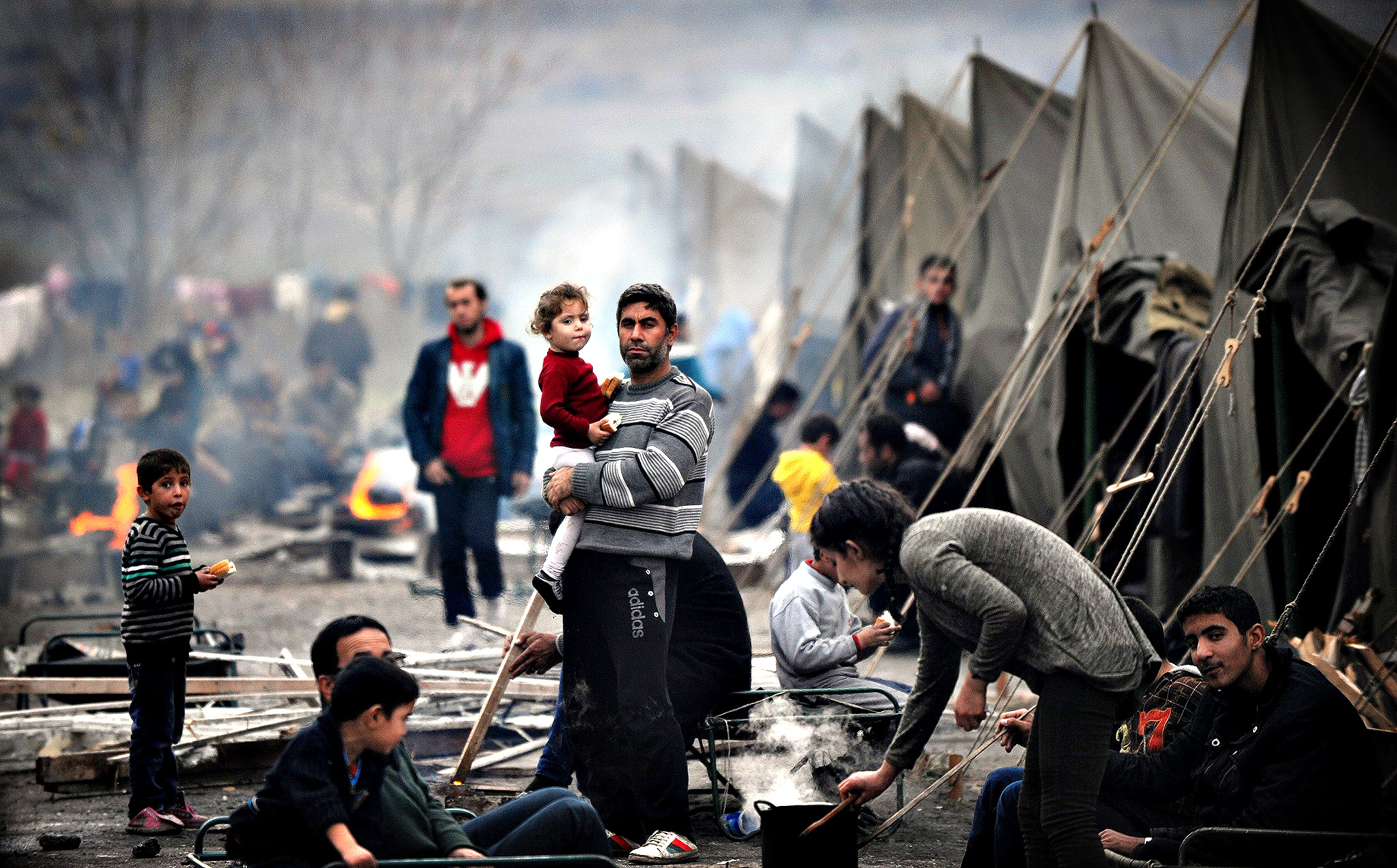It has been more than a month since the onset of aggressions by Israel on the Gaza strip, where tensions arose on the souterh Lebanese border. As of now, the death toll has surpassed 10,000 Palestinians, the overwhelming majority of whom are civilians, including more than 4,400 Palestinian children.
With Israeli forces’ killing of Lebanese nationals nearing 100, divided between Hezbollah fighters and civilians including targeted journalists, women and children, the fighting doesn’t seem to be slowing down.
Almost daily, escalations arise on the southern border – the Lebanese resistance, spearheaded by Hezbollah, targets military bases and technical infrastructure in occupied northern Palestine, and the occupation forces target farmlands, olive groves, and some civilian towns and homes.
The Lebanese government’s interventions remain pitifully limited in scope and intention, with the government largely silent and inactive when it comes to aiding citizens of villages along the border.
Even in times of crisis, the Lebanese government’s interventions have contributed to the further marginalization of vulnerable groups at great risks.
Prime Minister Najib Mikati acknowledged that the government has a limited say in the conflict itself, but such an acknowledgement does not exempt authorities from their responsibility in protecting and providing necessary accommodations for the country’s residents – including refugees and other marginalized groups
What is In Place So Far?
Government Plans and Interventions
To begin with, the government put in place a plan that categorizes different Lebanese territories into color-coded areas, with red zones being areas likely to be attacked and yellow zones designated for aid and shelter.
On an economic level, it also included allocating 20 percent of the profits from the Beirut port to infrastructural repair, while meetings are ongoing to discuss food security and clean water supplies.
On the healthcare level, the country’s systems have already been operating at strenuous levels and under precarious conditions since the onset of the 2019 crisis, the August 4 and Tleil explosions and the COVID-19 pandemic. Currently, hospitals are on level one of the emergency plan, which consists in maintaining high attention but without requiring more than standard institutional resources.
At level two, an increase in medical and hospital resources is required, while at level three, which is in the case of an extraordinary health crisis, all available resources are put to use and the deployment of personnel, logistics, and crisis centers takes place.
More specifically, the Ministry of Health unveiled a plan that involves establishing dedicated routes for ambulances, the acquisition of necessary personnel and resources, and the color coding of areas for receiving patients depending on the severity of their conditions.
Hospitals have started implementing changes on an individual basis such as preparing for the evacuation of patients and preparing basements to shelter patients from bombing. However, the resources available to the country’s healthcare sector remain far from enough to prepare it from a full-blown healthcare crisis.
With regards to shelters, an estimated 75 schools are to be converted into makeshift shelters, while the Ministry of Social Affairs announced the establishment of various shelter centers.
On their part, several international organizations have begun supplying Lebanon with resources and equipment in light of the developments.
The World Health Organization was among the first to intervene, fast-tracking two shipments carrying surgical and trauma medicines that are enough for an estimated 800-1,000 patients.
“Not for Refugees”: Shelters Exclude Displaced Syrian Refugees
As the fighting rages on in the south, tens of thousands have fled their houses and sought relocation to Beirut, Jbeil, or other areas. Many are reportedly staying in schools in Sour and other nearby areas, due to the rise in rental prices since the onset of the crisis.
Among those in conflict-affected areas are Syrian refugees fleeing areas such as heavily-targeted Alma Ash-Shaab. Already displaced once or several times with limited access to basic needs, refugees are subject to a new round of displacement and deprivation.
The local and political responses to refugees’ attempts at survival have been far from humane, on both official and societal levels.
Hector Hajjar, Minister of Social Affairs, highlighted that the shelters in place for those affected by the conflict are not intended for Syrian refugees. Instead, he made reference to an emergency plan agreed upon with the United Nations High Commissioner for Refugees (UNHCR), whereby the latter would establish a precautionary camp alongside the Lebanese-Syrian borders.
Importantly, the organization has been under extreme attacks by political authorities and has seen increasing shrinkages in its funding and organizational capacities. It is also essential to note that Syria remains largely in a state of civil war, and with ongoing aggressions on Gaza, has also been subject to various Israeli airstrikes. Most notably, the Aleppo and Damascus airport were targetted a few times.
On a local level, authorities in various towns such as Rmeich, represented by their pries Najeeb Al-Ameel, have expressed that they are not accepting refugees in fear that they would stay in the town after the conflict has ended.
Moreover, inciteful rumors among southern residents have spread the idea that Syrian refugees are out to occupy houses that Lebanese households are fleeing, adding further fuel to already demonizing and violent mainstream media and political discourses.
Grim Prospects
At the current stage, the Lebanese government’s response to the fighting in the south and its preparations for further escalations have been far from satisfactory and far from providing the adequate protections for the country’s residents, especially those who are already in vulnerable positions.
On a social level, a sober discourse of solidarity and care has never been more essential.


